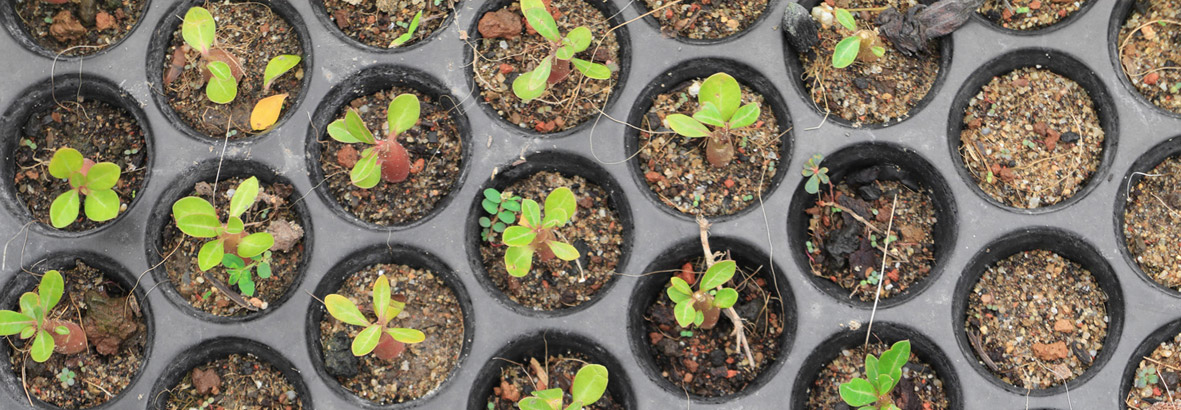What is a New Plant Variety?
A new plant variety refers to a previously known group of plants that can be consistently distinguished from any other similar group of plants, generation after generation. These new plants are not discovered in the wild, but are the result of human plant breeding efforts.
On this page – Quick links
- What is a New Plant Variety?
- How can a new variety be protected?
- When is a variety considered to be new?
- When is a variety considered to be distinct?
- When is a variety considered to be uniform?
- When is a variety considered to be stable?
- How to apply for protection for a New Plant Variety?
How can a new variety be protected?
A new variety can be protected by giving the plant breeder the legal right to exclude anyone who does not have his permission from producing for the purpose of marketing, offering for sale or marketing his new variety. This legal right is often called a plant breeder’s right. In Trinidad and Tobago this right is given under the Protection of New Varieties of Plants Act (Act No. 10 of 1997). To qualify for protection a variety must be new, distinct, uniform, stable and have an original variety denomination.
When is a variety considered to be new?
A variety is considered new if it has not been sold or marketed in Trinidad and Tobago for more than a year before the date of the application for protection is made or outside of Trinidad and Tobago for more than four years before this date.
When is a variety considered to be distinct?
A variety is considered distinct from other similar varieties when a specific feature or characteristic differs sufficiently from the varieties most similar to it in that characteristic. Because this is measured statistically, different plants of the same variety should be reasonably uniform.
When is a variety considered to be uniform?
A variety is considered uniform or homogeneous when the specific characteristic of the new variety occurs within a sufficiently consistent range so that a representative number of plants of the new variety can be distinguished by that characteristic from a similar number of plants of the closest similar varieties.
When is a variety considered to be stable?
A new variety is considered stable if its relevant characteristics remain essentially the same after repeated propagation. It has been found that uniformity is a good indicator of stability, so if a variety is found to be fairly uniform, chances are that it will also be reasonably stable.
How to apply for protection for a New Plant Variety?
Five things are usually needed to apply for protection of a new plant variety:
- A completed application form;
- A completed technical questionnaire;
- The application fee;
- A variety denomination; and
- A sample of propagating material for the new variety;
The application form, the technical questionnaire and the application fee are described in the Protection of New Plant Varieties Regulations, 2000.



